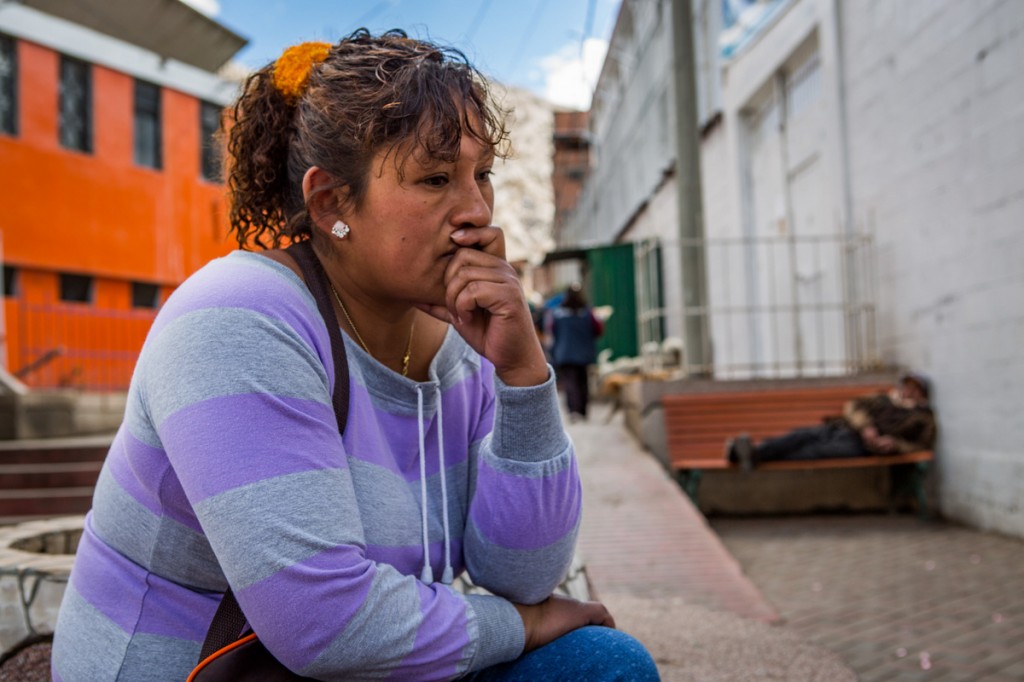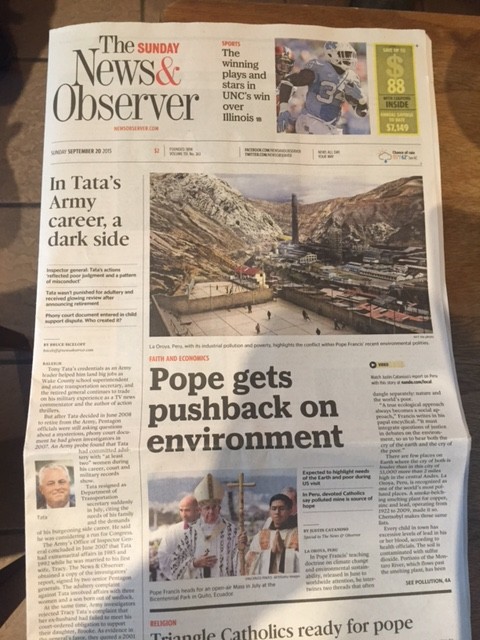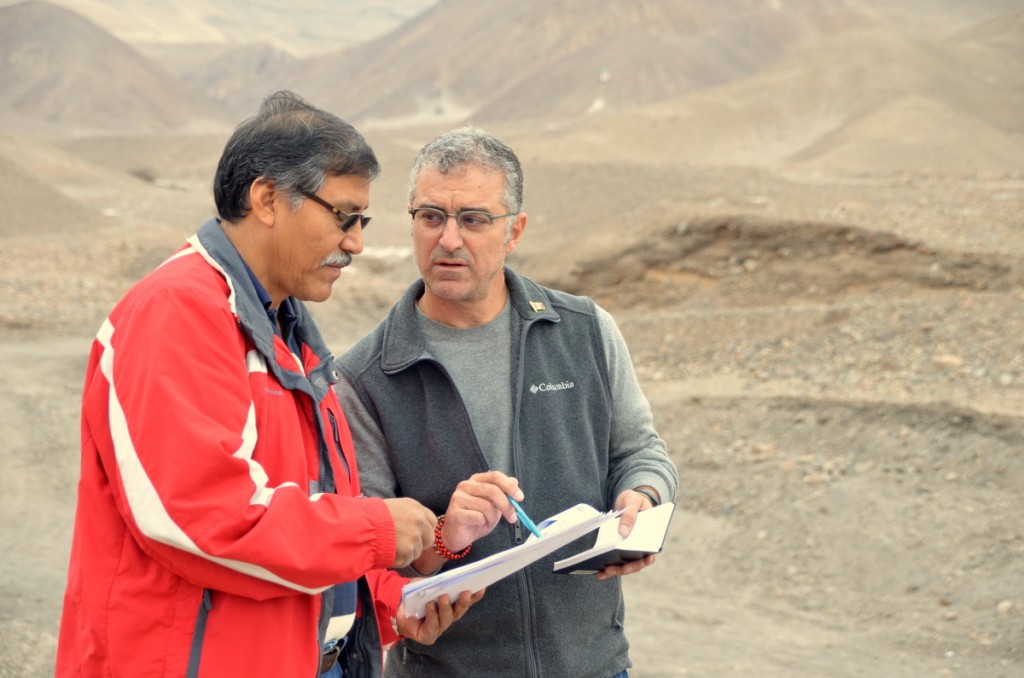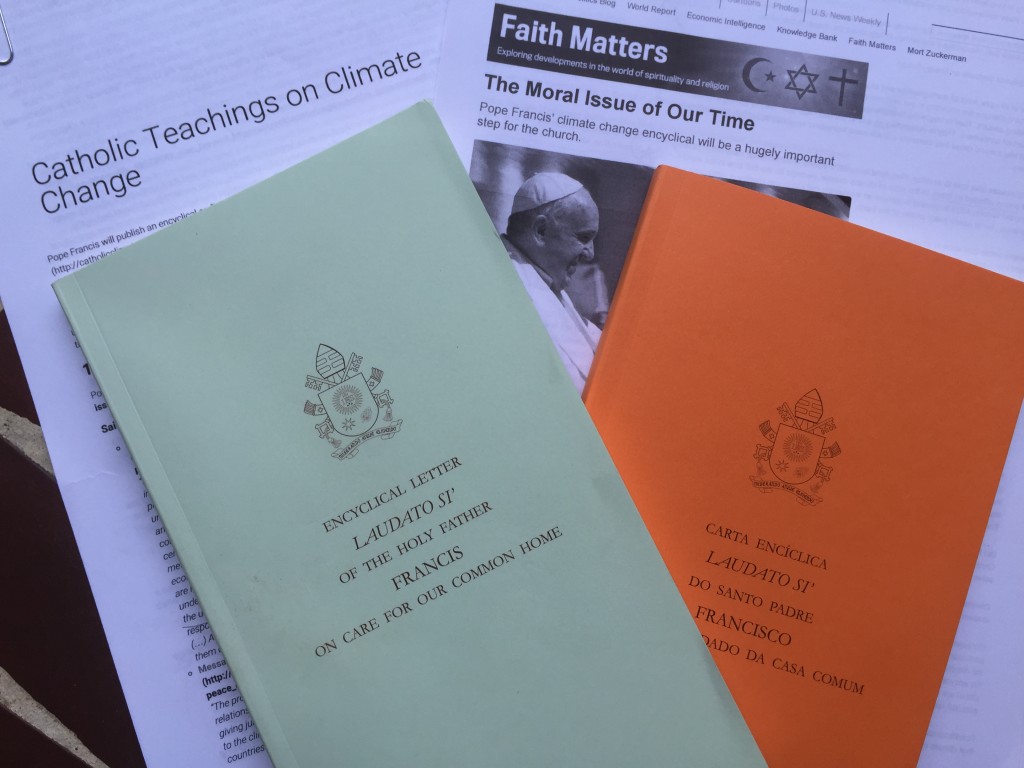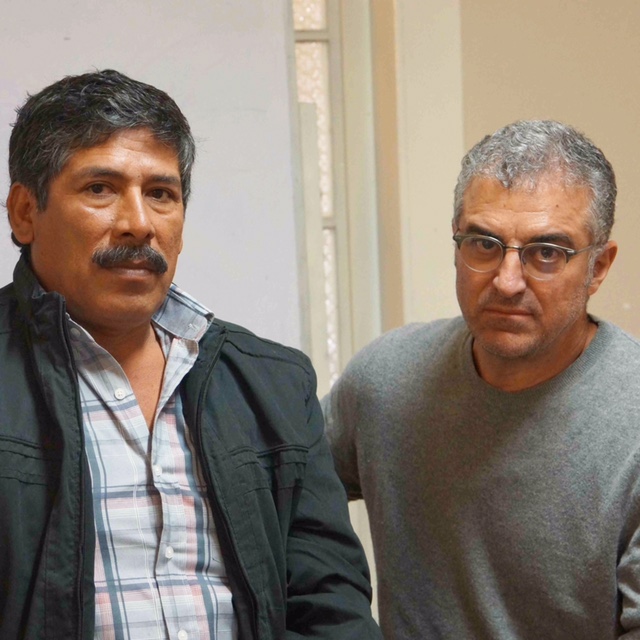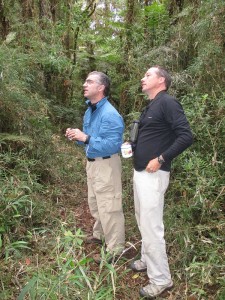
U.S. DEPARTMENT OF AGRICULTURE
The producers of The State of Things, the hour-long radio program of WUNC, invited me on the program on Jan. 14, 2020, to discuss the wood pellet series I co-authored with Saul Elbein and Richard Stradling for the News & Observer of Raleigh. Here is the link to my 10-minute discussion with host Frank Stasio. The program was broadcast from Triad Stage in Greensboro before an audience of about 50 people.
The series has drawn a lot of attention — positive and critical. Saul and I have also come under what appears to be a coordinated attack on our reporting and professional integrity by the pellet industry, including the CEO of Enviva in a commentary he wrote for the N&O. It is all validation of the accuracy and importance of our reporting on an issue central to climate change and climate mitigation. We are both proud of how the N&O editors and Pulitzer Center have stood behind us, our reporting and the fairness and accuracy of the wood pellets project. Funding from the Pulitzer Center made our reporting possible.

